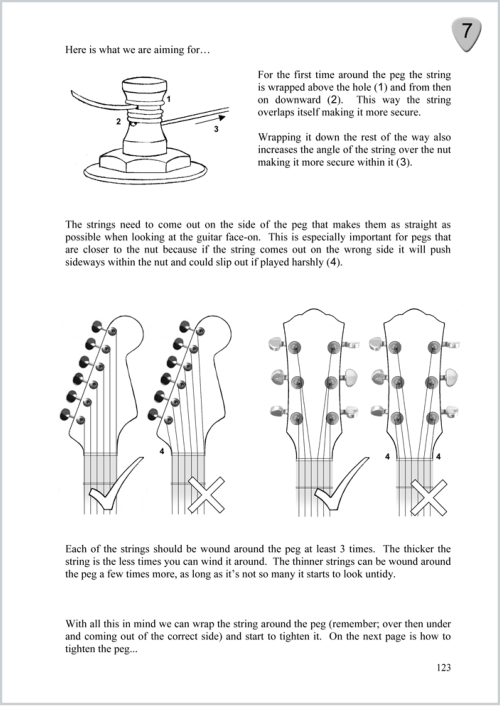When stepping into a music school, most people expect the majority of pupils to be children or young adults. People over 25 often write themselves off when it comes to learning to play an instrument; “I’m way too old for that,” or “only kids can really learn how to play.” Despite these popular beliefs, studies show that the truth about learning a new instrument is simple: anyone can learn to play any instrument at any age.
So, what is it about our brain that allows us to pick up a new skill, like playing guitar? Well, unlike the brain’s language center, we learn and play or sing music using many parts of our brain. Children’s brains are more malleable, and synapses are constantly connecting. However, adults too can train their brain to learn something new. You can learn an instrument at any age; it just takes practice.
The main difference between learning as a young person and learning as an adult lies in the practice regimen. Adults usually choose to begin learning an instrument with adequate knowledge about how much time and effort it will take. However, they have no one, like parents or teachers, to enforce a regular practice schedule. One advantage of learning an instrument when you are young is the high likelihood that someone will hold you accountable for your level of effort and progress.
On the flip side, adults are often more analytical than young children, an advantage that allows them to more completely comprehend all aspects of a piece before and while they are learning it. Adults do, however, tend to hold themselves to a relatively higher expectation than their younger counterparts. Children are usually more patient and willing to practice the same notes and simple scales over and over, while adults can become quickly frustrated because they enter into the practice expecting to catch on quickly or be skillful right off the bat.
Whether you want to add another instrument to your arsenal, or you’ve never picked one up before, know that your age does not have to stop you from learning a new instrument. More and more music schools around the world are providing lessons for aspiring adult musicians. If you’re thinking about learning an instrument, regardless of your age, visit Matt Burk Music Studio online at https://www.wannalearnmusic.com or give us a call (972) 207-9353.
Music School Frisco TX
Matt Burk Music Studio
1701 Legacy Drive, Ste. 150
Frisco, TX 75034
United States
(469) 353-6100








